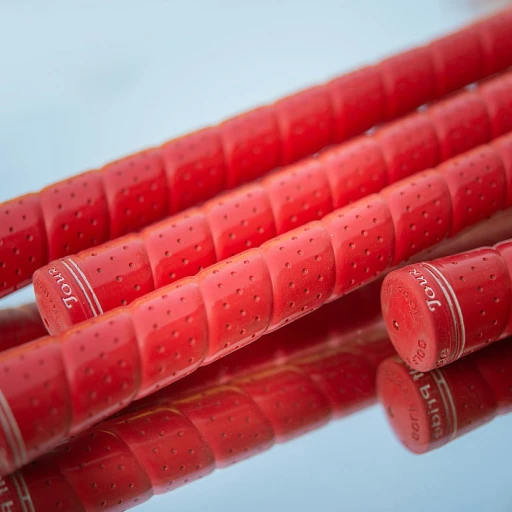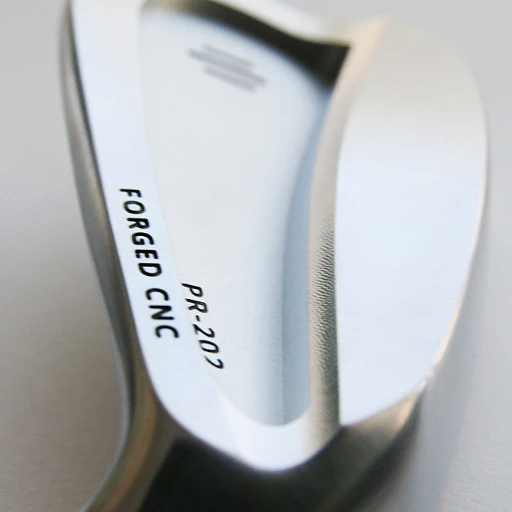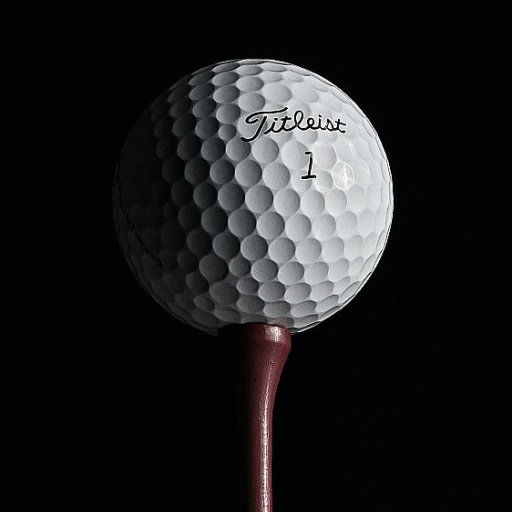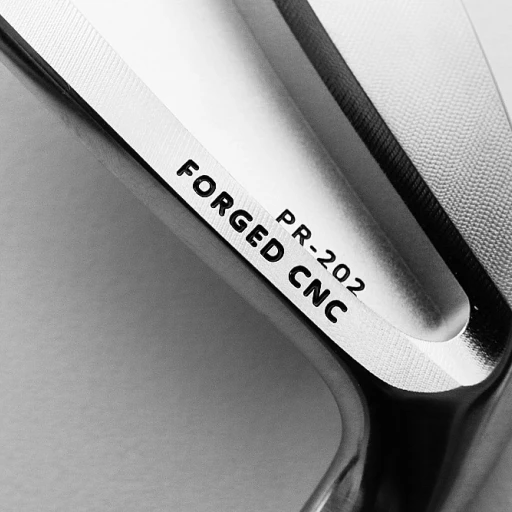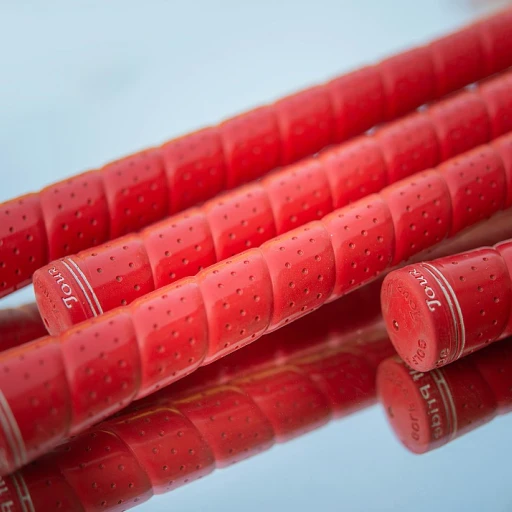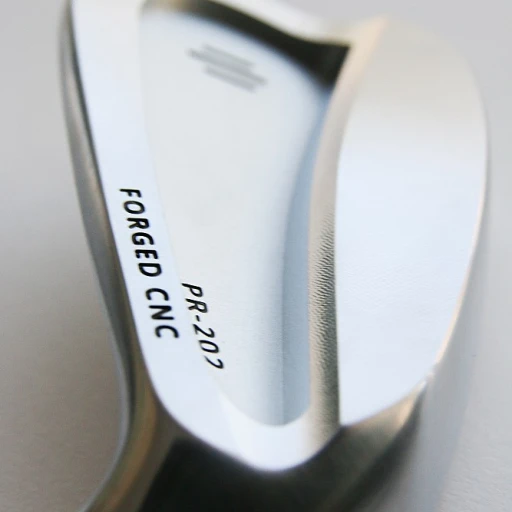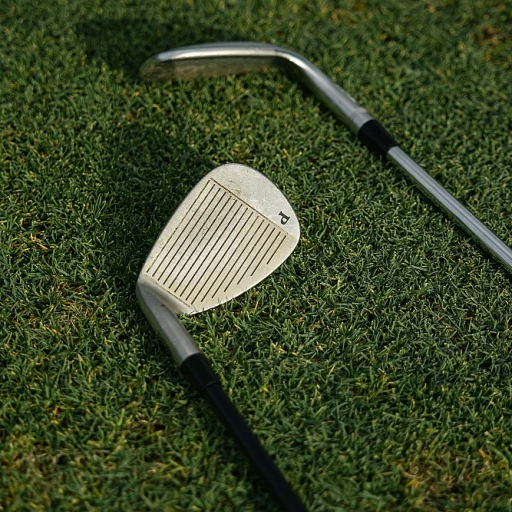
Understanding the Basics: Graphite and Steel Shafts
Exploring Shaft Materials: Graphite vs Steel
Golf enthusiasts and professionals often debate between graphite and steel shafts when selecting the best club to enhance their game. Each material offers distinct characteristics that cater to different playing styles and preferences, impacting performance on the course significantly.
Graphite shafts are popular for their lightweight nature, which can be a game-changer for golfers seeking more distance and swing speed. This material is particularly beneficial for those with lower swing speeds, allowing them to achieve a higher ball flight and extended yardage with less effort. The lighter weight of graphite often results in increased clubhead speed, making it a preferred choice for senior players or those who struggle with swing speed.
On the other hand, steel shafts are renowned for their durability and control, often favored by avid golfers seeking precision and consistency in their shots. Typically heavier than graphite, steel offers a firmer feel, which can translate to better control and feedback during the swing. For players with higher swing speeds, the additional weight of steel can enhance stability and produce a tighter dispersion pattern, ensuring accuracy.
The choice between graphite and steel often boils down to individual needs and preferences, with various factors such as swing speed, desired ball flight, and playing habits influencing the decision. As you explore your options, consider the unique benefits and drawbacks of each material, and remember that what works best for one golfer might not necessarily suit another. The right golf shaft can make a remarkable difference in your game, enhancing both your performance and enjoyment on the course.
Performance on the Course: How Shaft Material Affects Your Game
Evaluating the Impact on Your Swing
When considering which type of shaft to choose for your golf clubs, understanding how different shaft materials can affect your game is crucial. Let's break down the main components that influence performance: swing speed, club control, feel, and distance.
Graphite shafts offer a lighter alternative, making them particularly attractive for golfers seeking increased speed. These shafts can be ideal for those with slower swing speeds, as they help generate more speed without additional effort. The lighter weight often results in improved distance, as the club can accelerate more rapidly towards the ball.
On the contrary, steel shafts are typically heavier and can appeal to golfers who prioritize control over speed. Their heavier weight can provide a more stable swing, which might benefit players aiming for precision. This stability often enhances the feel of the club, offering feedback that experienced golfers might find valuable in adjusting their swing technique.
The best choice between graphite and steel shafts ultimately comes down to what aspects of your game you wish to enhance. Graphite may be your preferred choice if speed and distance are your main goals. Conversely, if you're seeking control and consistent ball flight, steel might better suit your needs.
Needless to say, both materials have a distinct impact on performance, and understanding their differences will help you make an informed decision that aligns with your golfing aspirations. Balancing weight, flex, and personal preference are essential in finding the perfect shaft to complement your unique swing style and elevate your game.
Luxury Considerations: Why Material Matters in High-End Golf Clubs
Material Elegance: The Role of Shaft Composition in High-End Golf Clubs
When it comes to selecting golf shafts for your high-end clubs, the choice between graphite and steel is more than just a matter of preference; it's about understanding the luxurious feel and performance these materials can offer. In the world of luxury golf, both graphite and steel shafts have a place of distinction, each offering unique benefits. Graphite shafts are often revered for their lightweight nature, which can have a significant impact on a player's swing speed. This quality allows golfers seeking to improve distance to generate greater speed without compromising control. The reduction in shaft weight complements those with slower swing speeds, helping to maximize ball flight and achieve the best distance with ease. On the other hand, steel shafts bring in a different richness to the golf experience. Known for their sturdiness and consistent delivery, these shafts allow golfers to maintain better control over their irons, providing a classic feel that many players prefer. Particularly useful in lower iron shafts, steel offers mid to low swing speeds the precision necessary for refined performance across the fairway. For those discerning golfers who thrive on customization and personalization, the choice of material—be it graphite or steel—affects the overall luxury of the clubs. Each material lends itself to distinct flex characteristics which, when tailored correctly, can enhance performance drastically. This personalization ensures the club's shaft flex aligns seamlessly with individual playing style, club preference, and swing technique. The luxurious appeal of high-end golf clubs is in the precision and adaptability they offer. Whether you opt for the finesse of graphite iron or the dependable strength of steel shafts, understanding how material impacts play is essential. Interested in exploring further luxurious golf equipment? Discover the elegance of premium golf bags and balls, where quality craftsmanship meets performance. The choice between graphite iron and steel shafts will ultimately come down to how each material complements your game, delivering not only impeccable performance but also a sense of luxury every time you step onto the course.Customization and Personalization: Tailoring Shafts to Your Style
Personalizing Your Golf Shaft for Optimal Performance
Choosing the right golf shaft involves more than just selecting between graphite and steel materials. Personalization and customization play crucial roles in enhancing your game to match your unique style and preferences. Shafts are available in various weights and flex options, making it essential to understand how each factor influences your swing and performance. When selecting a shaft, consider your swing speed and style. Golfers with faster swing speeds often prefer steel shafts for their added control and consistency, while those with slower speeds might lean towards the lighter weight and flexibility of graphite shafts. For a truly tailored fit, consider the shaft's flex. Shaft flex impacts how the club feels during your swing and can affect ball flight and distance. Options typically include regular, stiff, and extra stiff, each designed to cater to different swing speeds and player preferences. Identifying the best flex for your swing will bring you closer to achieving a reliable and consistent performance. Weight is another critical aspect when customizing golf shafts. Graphite shafts are typically lighter, offering an advantage in increasing swing speed, while steel shafts provide a more weighted feel that can tap into enhanced precision and control. Carefully evaluating your preferred feel of the club and its impact on your game can lead to better distance and control. For those who desire unique personalization, selecting custom-colored or branded shafts can add an extra touch of individuality to your clubs. Many golfers enjoy the elevated experience of customizing their shaft's aesthetics. Overall, the key is to create a harmonious balance between your preferred feel, performance, and aesthetic appeal. Equip yourself with a golf club that truly complements your swing style and enhances your overall golfing experience.Durability and Maintenance: Long-Term Investment in Quality Shafts
Long-Term Reliability: Choosing Quality Materials for Your Clubs
When it comes to investing in your golf game, the durability and maintenance of your club shafts are essential considerations. Both graphite and steel shafts have distinct characteristics that can influence their longevity and the overall upkeep they require. Graphite shafts, well-regarded for their lightweight nature, offer a smooth flex and add distance due to their ability to increase swing speeds. However, they require careful handling to avoid surface damage, particularly from nicks or scratches. It's important to regularly check for wear and tear, ensuring your shafts remain in prime condition. Despite these considerations, high-quality graphite shafts are constructed to withstand extensive use while maintaining their performance and feel. On the other hand, steel shafts are known for their robustness and durability. They provide precise control and are favored by those who prefer a firm feel. Steel shafts generally require less maintenance compared to graphite, as they are less susceptible to the elements and casual wear. A routine inspection for rust and proper cleaning can keep them functioning optimally over time. Investing in high-quality shafts, whether graphite or steel, ensures that your golf clubs are not only a joy to play with but also a wise long-term investment. The choice largely comes down to your personal preferences in terms of feel, weight, and desired ball flight. Moreover, as you contemplate the best options for you, remember that your selection will affect your performance, making it crucial to evaluate these factors carefully. In doing so, you are not just choosing a shaft but committing to an enhanced golfing experience that treasures durability and quality.Making the Choice: Factors to Consider When Selecting Your Shaft
Key Factors to Guide Your Shaft Selection
Choosing the right golf club shaft is a nuanced decision that can significantly impact your game. Here are some essential factors to consider when selecting between graphite and steel shafts:
- Swing Speed: If you have a slower swing speed, graphite shafts might be your best bet due to their lighter weight, which can help increase your swing speed and distance. Conversely, faster swing speeds often benefit from the stability and control offered by steel shafts.
- Feel and Feedback: Steel shafts generally provide more feedback, allowing you to feel the ball's impact more distinctly. This can be crucial for golfers who rely on tactile feedback to adjust their swings.
- Weight Considerations: Graphite shafts are lighter, which can be advantageous for players looking to reduce fatigue during a round. However, the added weight of steel shafts can enhance control and precision, especially in iron play.
- Flex and Performance: The flex of your shaft should match your swing style. A softer flex can help with distance for slower swing speeds, while a stiffer flex is ideal for those with faster swings seeking more control.
- Durability and Maintenance: Consider the long-term investment. Steel shafts are known for their durability, while graphite shafts require more care but offer the advantage of vibration dampening, which can reduce strain on your hands and arms.
Ultimately, the choice between graphite and steel shafts should align with your personal preferences and playing style. Whether you prioritize distance, control, or feel, understanding these factors will help you make an informed decision that enhances your performance on the course.


